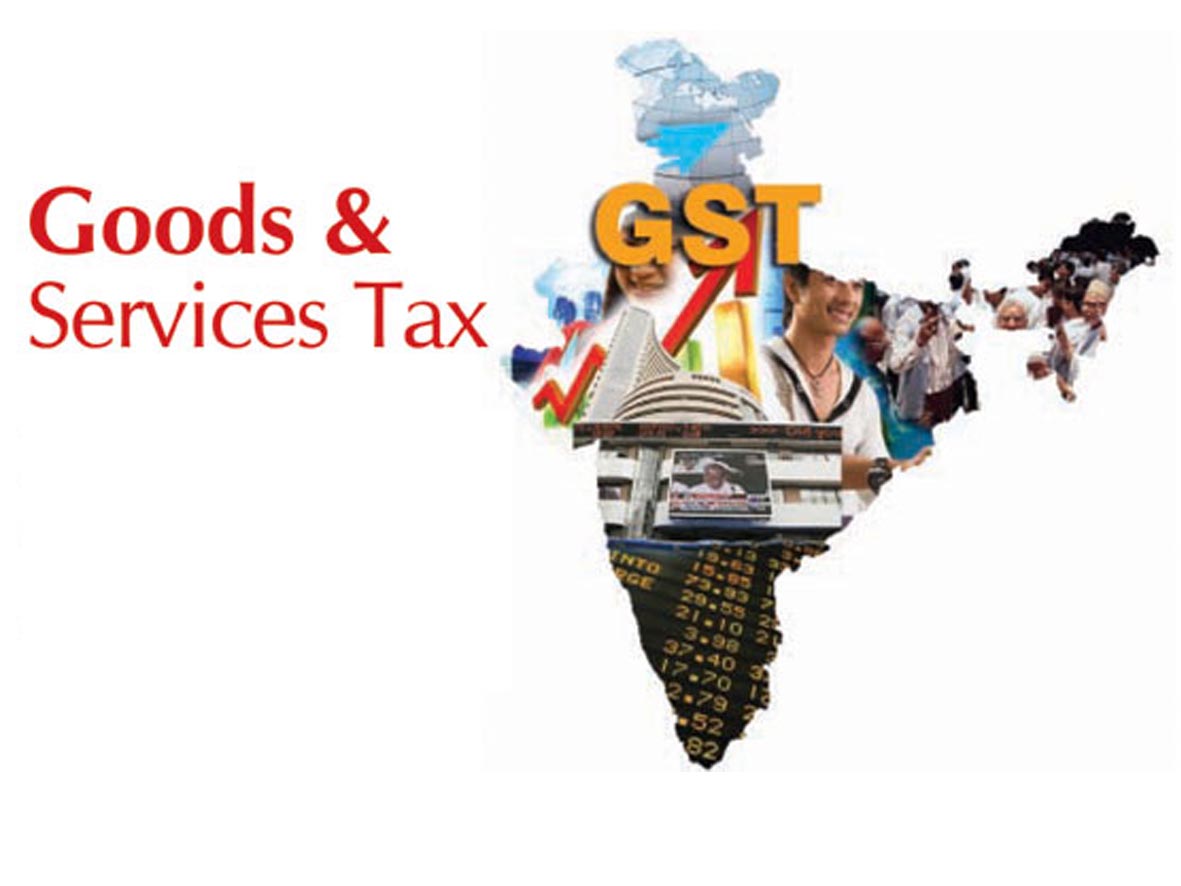GST, Forming an integral part of the Indian tax landscape before 2017 was a multitude of indirect taxes. These included taxes on value-added, customs duty, charges related to services provided, and even taxes imposed on luxury and entertainment expenses. Any transaction, be it buying, selling, manufacturing, retailing, or marketing, was subject to these taxes.
Streamlined Tax System
GST has streamlined the tax system by replacing several indirect taxes with a single tax. This has reduced complexity and made compliance easier for companies.
Increased Tax Compliance
By integrating technology-driven procedures like online registration, e-filing of returns, and e-way bills, the GST has helped to increase tax compliance. As a result, the tax base has grown, increasing the government’s tax intake.
Economic Growth Boost
The simplified tax code and elimination of interstate restrictions has increased efficiency, decreased logistical expenses, and raised competitiveness. These elements have helped the economy thrive, especially in industries like manufacturing and logistics.
By removing checkpoints and entrance tax barriers at state borders, GST has simplified logistics and supply networks. It also allowed businesses to grow clientele, become more effective, and benefit from economies of scale.
Reduction of Tax Burden
By removing the cascading impact of taxes, the GST aims to lessen the tax burden on consumers and enterprises. Consumers have benefited from price reductions in several goods and services due to the efficient input tax credit mechanism.
Economic Formalisation
GST has encouraged enterprises to join the formal tax system, encouraging the formalisation of the formerly unofficial sector. This has enhanced tax collections, decreased tax evasion, and improved openness.
Several benefits have been associated with the Goods and Services Tax in the Indian economy, but there have also been some perceived negative repercussions.
Initial Setbacks
There were difficulties and setbacks in adjusting to the new tax system during the GST’s initial introduction. Small and medium-sized businesses (SMEs) had trouble comprehending and adjusting to the new compliance standards, which temporarily disrupted business operations.
Compliance burden
GST was intended to simplify the tax code, but several businesses have expressed frustration with the burdensome paperwork and compliance procedures. SMEs have found it particularly challenging to navigate the complexity of GST reporting and maintain proper paperwork, which might have led to greater administrative expenditures for these businesses.
Impact on Small Firms
Implementing the GST placed a major adjustment load on small firms, and unorganised may have disproportionately impacted these organisations’ sectors, which had previously enjoyed threshold exemptions or were exempt from specific taxes. Compliance costs, including the requirement to invest in technology and professional services.
Sectoral Differences
While some industries profited from the GST, others encountered difficulties. The new tax structure originally caused disruptions in industries including real estate, textiles, and industries with higher compliance expenses. These sectors needed time to adjust to the changes brought about by the GST since they were subject to specific tax treatment under the prior regime.
Inflation
Concerns about adopting the GST might result in temporary price increases. Although the goal was to lessen overall taxation, initially, pricing changes that would have affected both consumers and businesses could have resulted from shifting tax rates and categories.
The Indian economy faced various challenges during the initial implementation stages of GST, which had a negative impact. However, increased education and awareness about GST compliance and policy changes have since resolved most concerns. It is worth considering that the discussion of GST’s negative economic impact is commonly linked to its implementation hurdles.
Despite the aforementioned challenges, increased education, awareness, and policy changes have helped address many of the concerns. The GST continues to shape the Indian economy, and its long-term effects are still unfolding.

